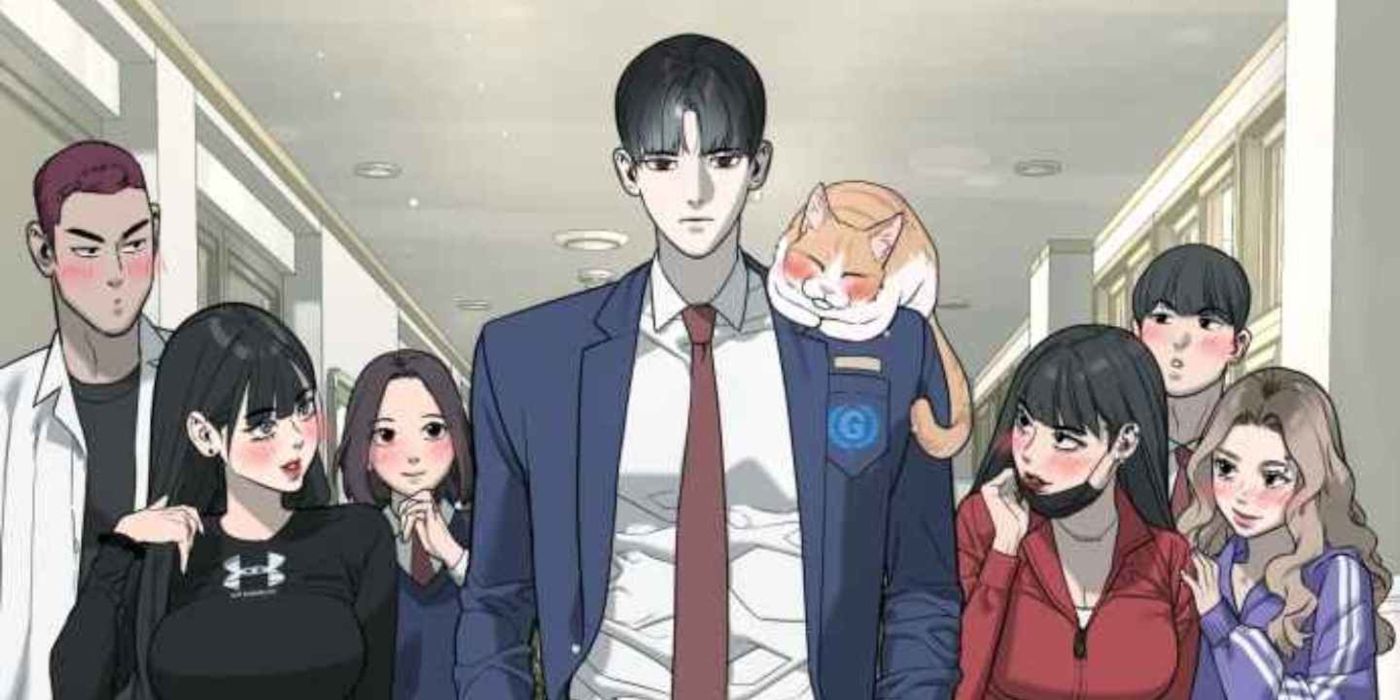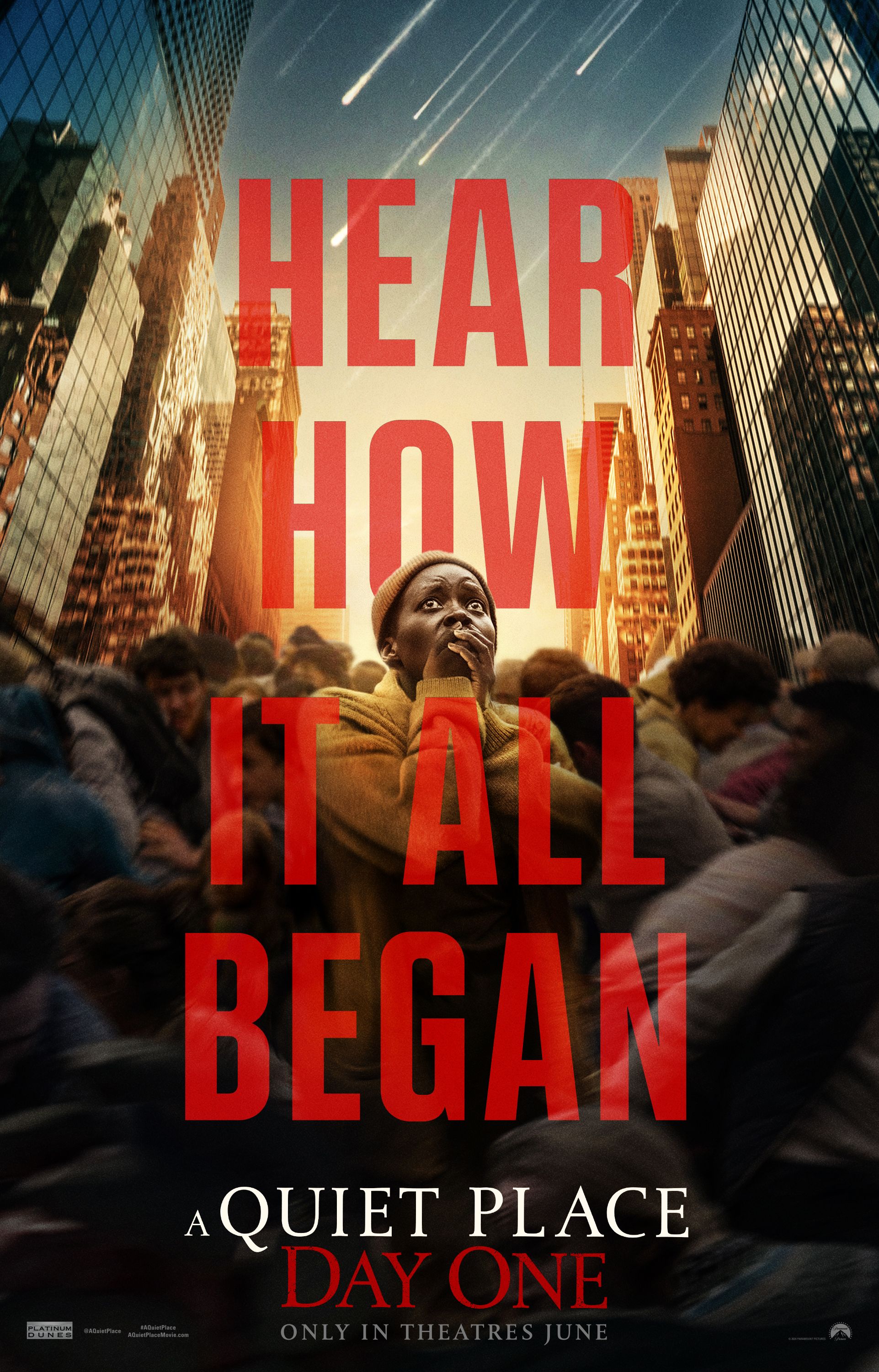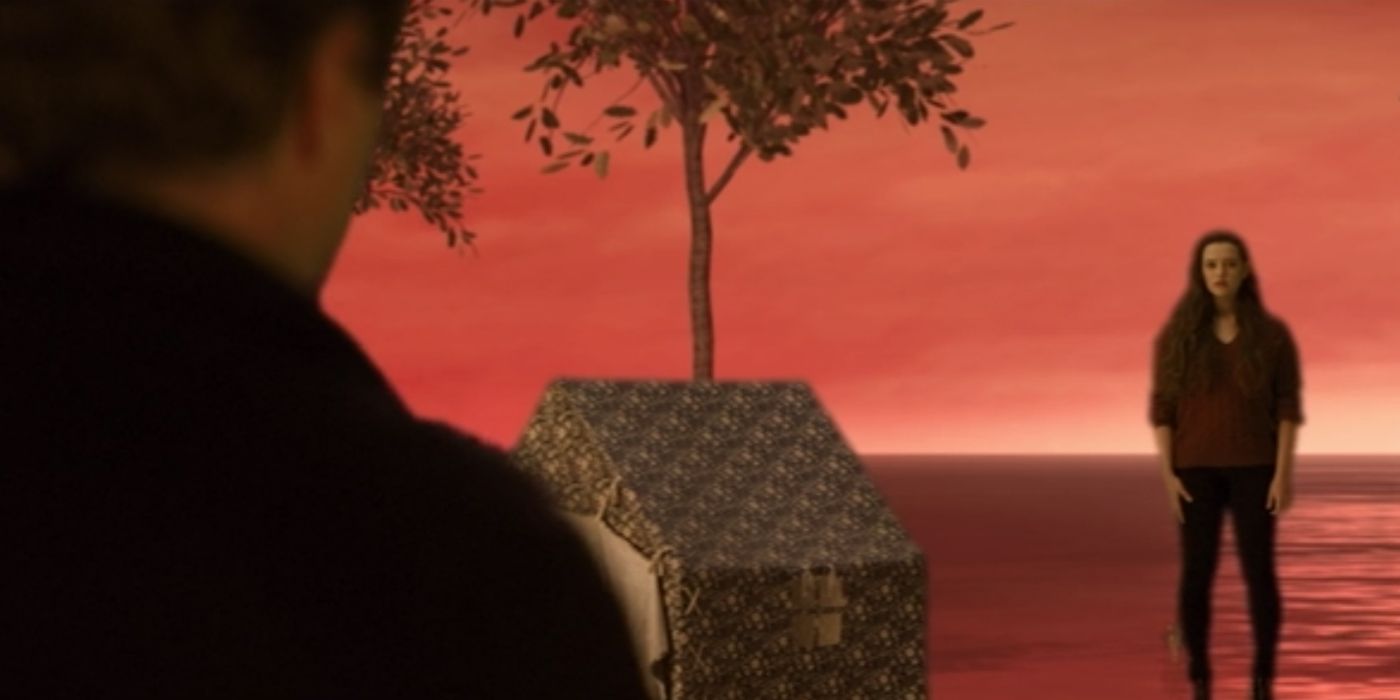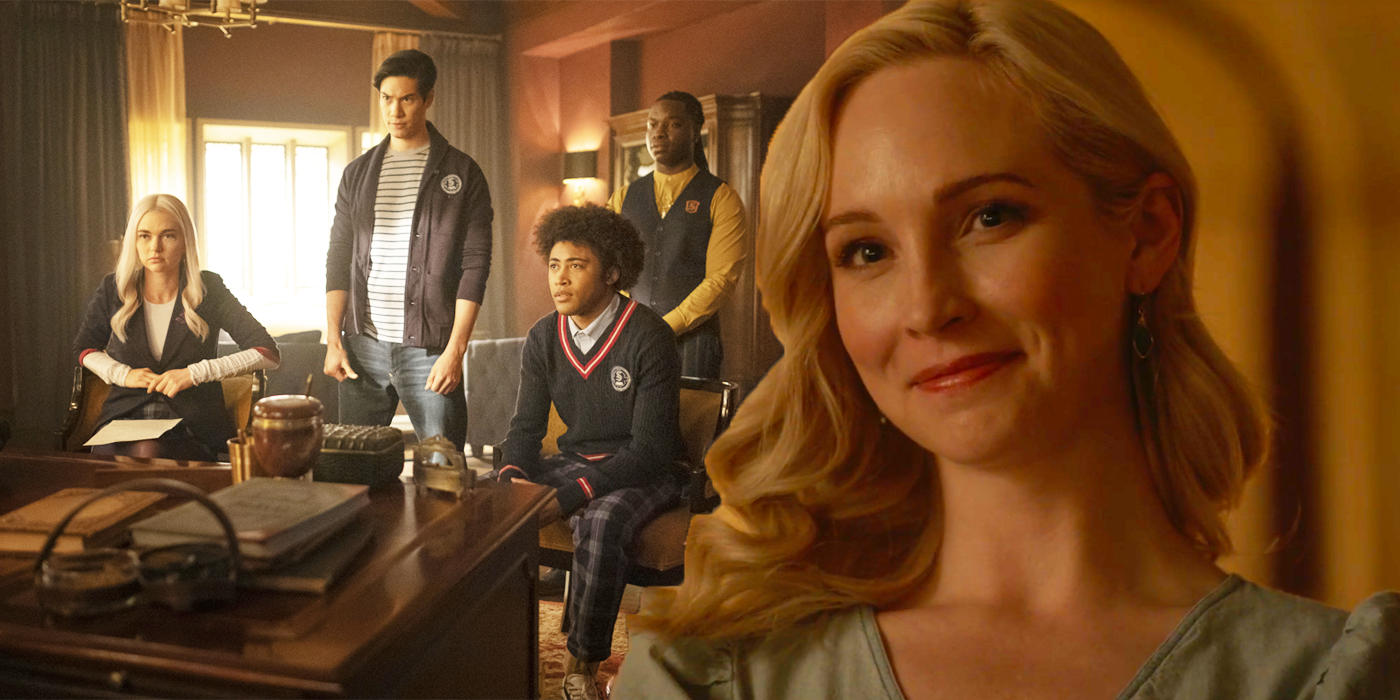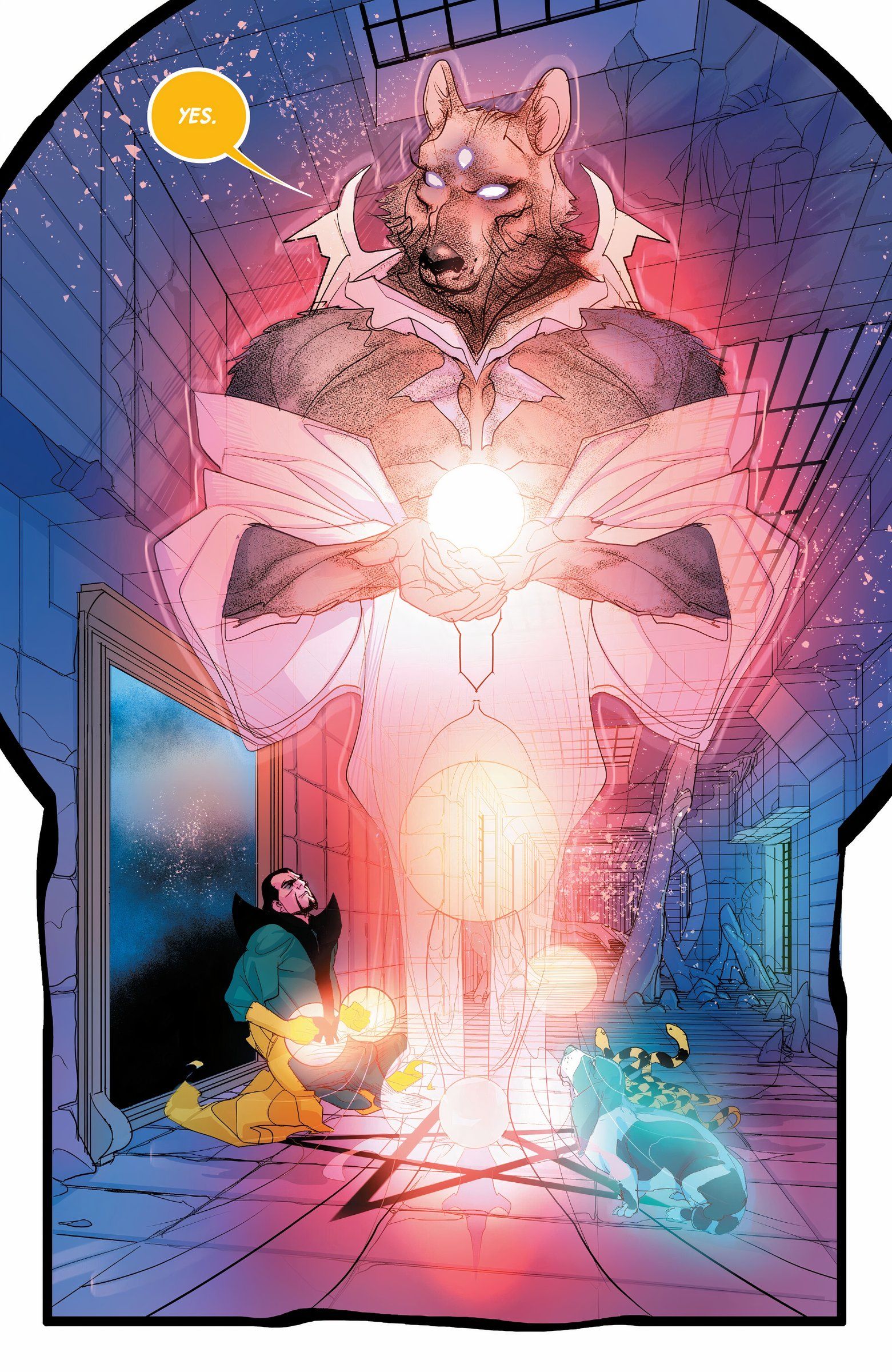One of the greater revelations of The Hunger Games: The Ballad of Songbirds and Snakes is the origin of “The Hanging Tree Song” that Katniss sang in The Hunger Games: Mockingjay—but what do the lyrics really mean? Of course, the answer to this question is subjective since every person is bound to interpret Lucy Gray’s words in their own way. In the Hunger Games and the Ballad of Songbirds and Snakes books, we see the song broken down from the perspective of two characters—Katniss Everdeen and Coriolanus Snow. As two drastically different people, their thoughts on the rebellious “Hanging Tree” differed significantly.
“The Hanging Tree Song” was initially introduced in the Hunger Games: Mockingjay book when Katniss began singing it during a propo set at District 12. As she sang it into the trees, the flying Mockingjays echoed the tune back to her, resulting in a hauntingly beautiful harmony used to rally the District rebels. The Ballad of Songbirds and Snakes reveals that this song was originally written by Lucy Gray Baird, who had been President Coriolanus Snow’s lover nearly 50 years before Katniss was born. This explains why Katniss singing it was such a personal stab against Snow. Still, the cryptic words meant very different things to both characters, as revealed by their respective books.
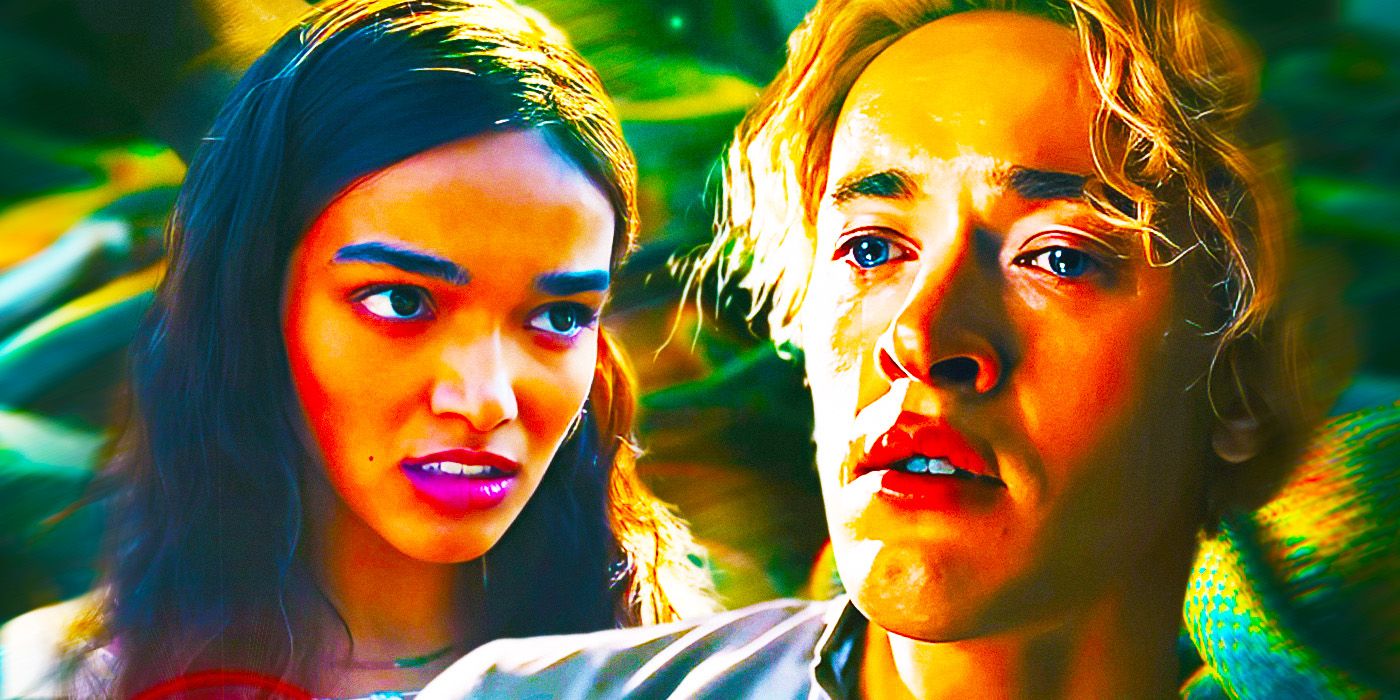
The Hunger Games: The Ballad Of Songbirds & Snakes Ending Explained
The Hunger Games: The Ballad of Songbirds and Snakes ends ambiguously for one major character. We break down the prequel’s ending & what’s next.
The Hanging Tree Song Broken Down According To Katniss In The Hunger Games
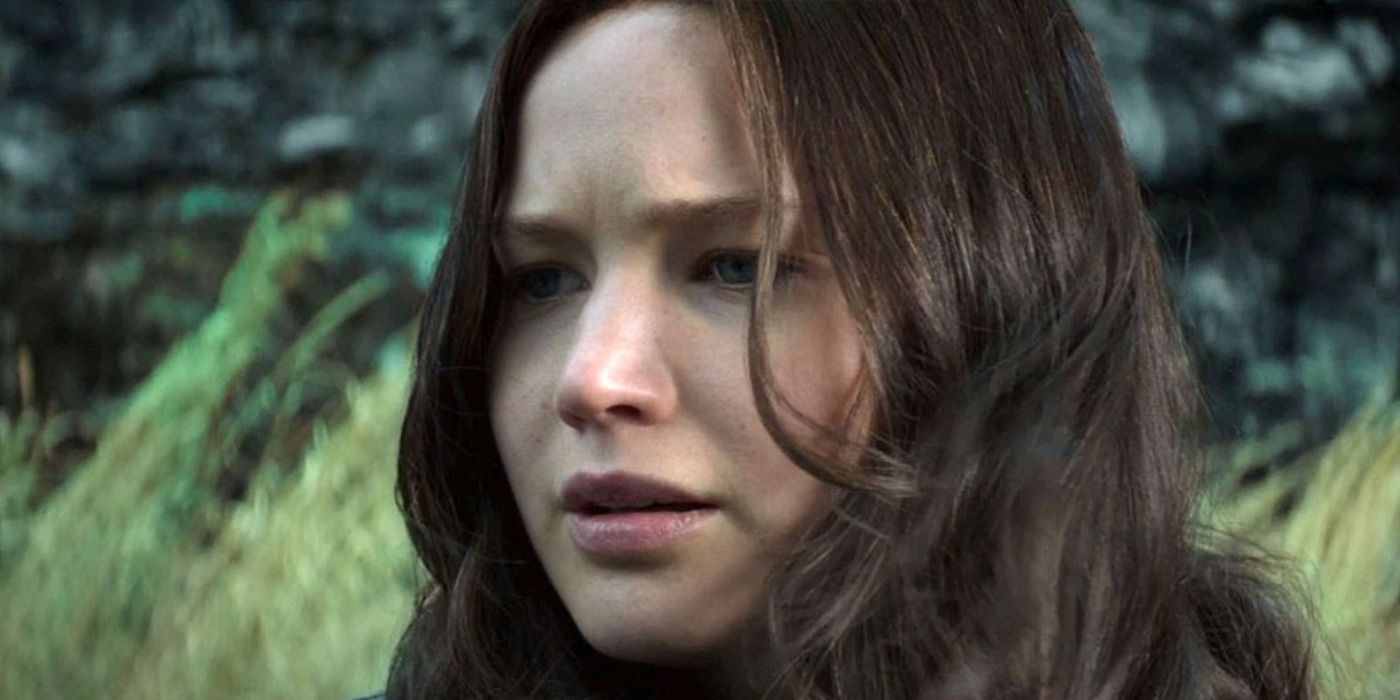
In the Hunger Games books, Katniss remembers learning “The Hanging Tree Song” from her father as a young girl. However, when Mrs. Everdeen heard her daughter singing the words, she became angry, telling Katniss that the song was banned in District 12. During the events of Mockingjay, Katniss considered the lyrics for the first time in years and understood more fully why the idea had so disturbed her mother. Though she had no idea where the song had come from, aside from her father, she was able to identify the rebellious nature of the song because of her own experience in the Hunger Games arena.
“Are you, are you, comin’ to the tree where they strung up a man they say who murdered three? Strange things did happen here no stranger would it be if we met at midnight in the hanging tree.”
The strangest thing that Katniss identified about this line was the fact that two lovers would choose a hanging tree as a meeting place. The song’s note that strange things had happened at the hanging tree was also peculiar since one would expect only gruesome executions in such a location and no more.
“Are you, are you comin’ to the tree where a dead man called out for his love to flee?”
From this line, Katniss assumed that the lover of the hangman had something to do with the mentioned three murders. Or, perhaps the “dead man” believed that she would be harmed even if she had nothing to do with it. Katniss would have understood this quite well, especially after dealing with the Peacekeepers of District 12. Hangings were a standard method of execution, and association with a criminal was considered just as serious a crime.
“Are you, are you comin’ to the tree where I told you to run so we’d both be free?”
By this line in the song, Katniss concludes that the singer—the person asking his love to meet him at the hanging tree—is the dead man whose corpse is still hanging from the tree. Rather than telling her to flee from the tree, he is asking her to run to him so they can both die together. Though this would have once disturbed Katniss, her experience in the Hunger Games arena and her desire for Peeta to be dead rather than in President Snow’s hands in Mockingjay allowed her to empathize with the hangman.
“Are you, are you comin’ to the tree, wear a necklace of rope side by side with me?”
To Katniss, this line confirmed her theory about the previous. The narrator of the song—the dead man—wanted his love to come to meet him at the hanging tree, where he was strung up by a noose—a rope necklace. The man preferred for him and his lover to hang dead in a tree over suffering under oppression. Again, this was something Katniss could understand. After all, she became the Mockingjay in the District rebellion because she and Peeta had decided to use nightlock in the Hunger Games arena rather than play by the Capitol’s rules.
The Hanging Tree Song Broken Down According To Snow In The Ballad Of Songbirds & Snakes
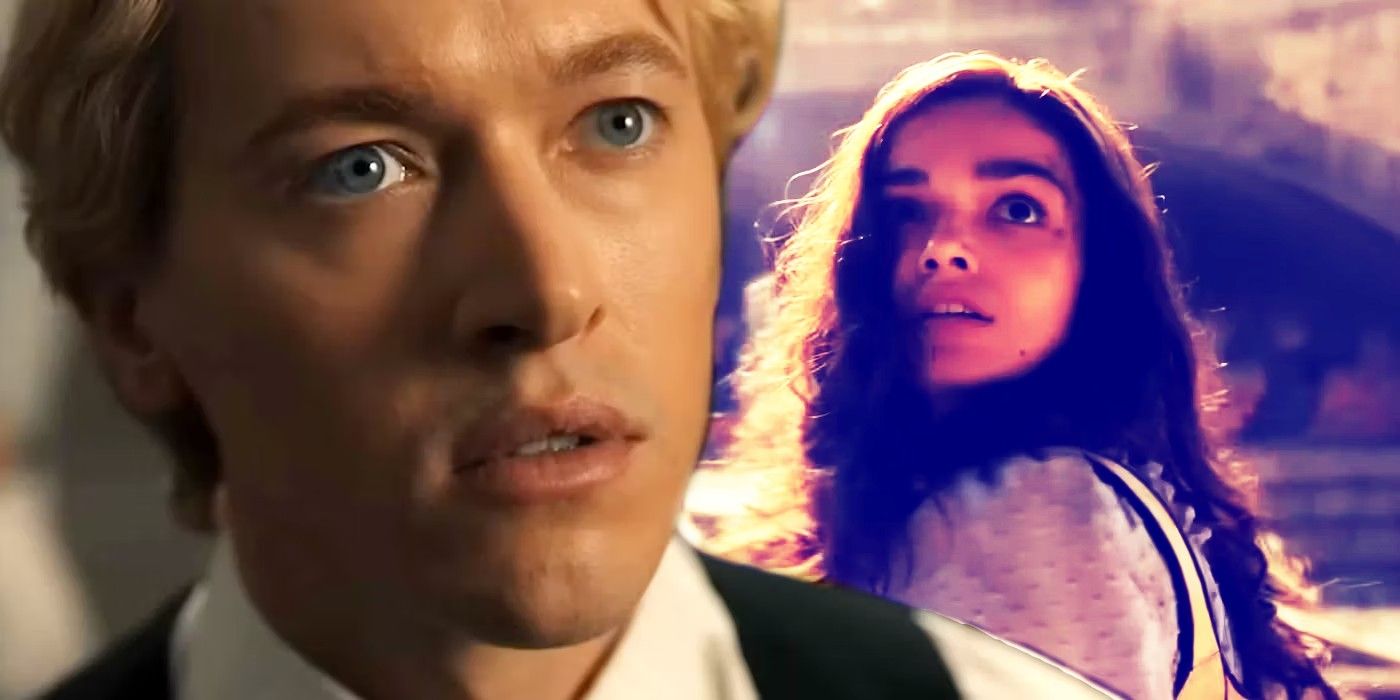
Unlike Katniss, Snow heard “The Hanging Tree Song” directly from the person who had written it, and since it was about events that happened during The Ballad of Songbirds and Snakes, he had a little more context on which to base his analysis. He heard it three times in the book. First, when he approached Lucy Gray in the meadow as she wrote it. At this point, she had only completed the first two verses. The second time Snow heard the song was when Lucy Gray performed all four verses at the Hob. Finally, the last time Snow heard “The Hanging Tree Song”—at least until he heard Katniss singing it 65 years later in Mockingjay—was when Lucy Gray used the final verse to taunt Snow as she fled through the forest.
“Are you, are you, comin’ to the tree where they strung up a man they say who murdered three? Strange things did happen here no stranger would it be if we met at midnight in the hanging tree.”
Two weeks before Snow heard this line of “The Haning Tree Song,” he had witnessed the hanging of Arlo Chance, a rebel who had set off explosions in the District 12 mines to halt coal production but accidentally killed three people. Though Snow hadn’t seen Lucy Gray at the execution, he realized through the song that she must have also witnessed the event.
“Are you, are you comin’ to the tree where a dead man called out for his love to flee?”
Though a “dead man” calling out sounds like a metaphor, Snow understood this line to reference the Jabberjays that repeated Arlo Chance’s final words of “Run, Lil!” after his execution, thus allowing a dead man to call out. However, Snow was unsure who Lucy Gray hoped to meet at this disturbing location. When he heard this line in the meadow, he hoped she was planning to sing it at the Hob as a secret message to him about where they should be alone together.
“Are you, are you comin’ to the tree where I told you to run so we’d both be free?”
Snow first heard this line at the Hob and understood that Lucy Gray was signaling where they should meet to run away together. Still, he also recognized that he wouldn’t be the first man she sought freedom with at this location. Snow knew that Billy Taupe, the man he had murdered for Lucy Gray, had initially asked her to meet him at the hanging tree. Hearing this in Lucy Gray’s song made him jealous, but since Billy Taupe was dead, he thought about how “Snow lands on top.”
“Are you, are you comin’ to the tree, wear a necklace of rope side by side with me?”
When Snow heard this line at the Hob, it confirmed his fear that Lucy Gray was singing the song from Billy Toupe’s perspective. Before he had shot the man, Snow heard Lucy Gray’s old flame exclaim that if he were to hang, she would too. However, when the District 12 songbird used this verse to taunt Snow at the end of The Ballad of Songbirds and Snakes, he took it to mean something different. He believed the line was Lucy Gray’s way of saying that Snow would wear a necklace or rope alongside Sejanus.
Why Katniss & Snow Had Such Different Interpretations Of Lucy Gray’s Hanging Tree Song
In The Hunger Games, Katniss had no idea who had written “The Hanging Tree Song” or how long ago they had lived. All she knew was that it was forbidden in District 12, and after her time in the Games, she understood why. She approached her analysis as a victor and a rebel—as someone who understood what it meant to prefer death on her own terms rather than under someone else’s control. So, even though her interpretation of the song might not have been entirely correct (since she didn’t know about Lucy Gray, Arlo Chance, Sejanus, or Billy Taupe), she understood the songwriter—a fellow Hunger Games victor—better than Snow ever could.
On the other hand, Coriolanus was present for the events described by “The Hanging Tree Song” and, therefore, had a literal understanding of what the words meant. However, the poetic and rebellious aspects of Lucy Gray’s song were lost on Snow. Once he decided his lover was a threat to his future, he interpreted the words as a warning that he would suffer for his crimes. Years after the events of The Ballad of Songbirds and Snakes, when Snow hears Katniss singing the verses of “The Hanging Tree Song,” the threat will sting all the worse.
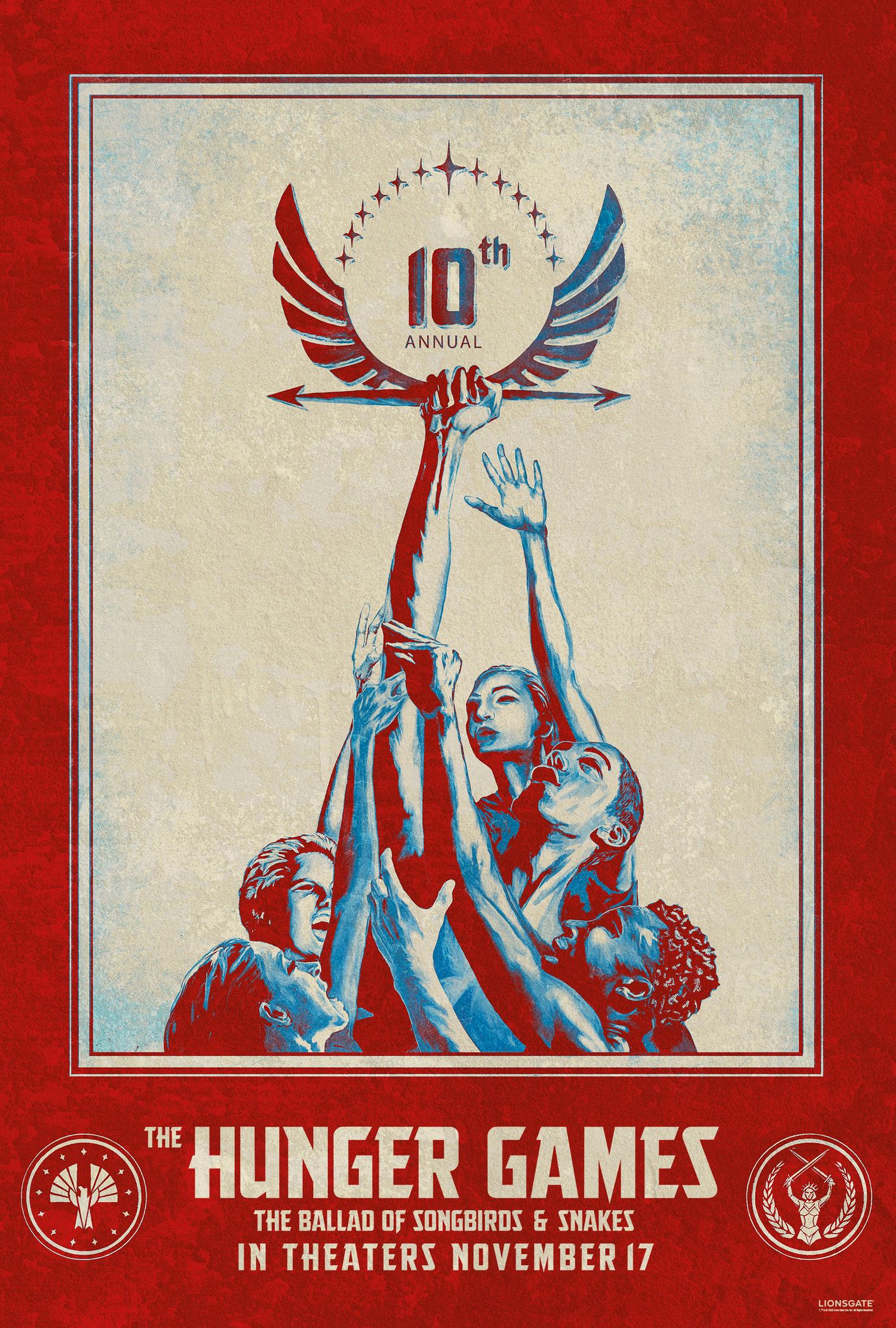
The Hunger Games: The Ballad of Songbirds and Snakes
- Release Date:
- 2023-11-17
- Director:
- Array
- Cast:
- Array
- Rating:
- PG-13
- Runtime:
- 157 Minutes
- Genres:
- Array
- Writers:
- Array
- Studio(s):
- Array
- Distributor(s):
- Array
- Sequel(s):
- Array
- Franchise(s):
- Array
